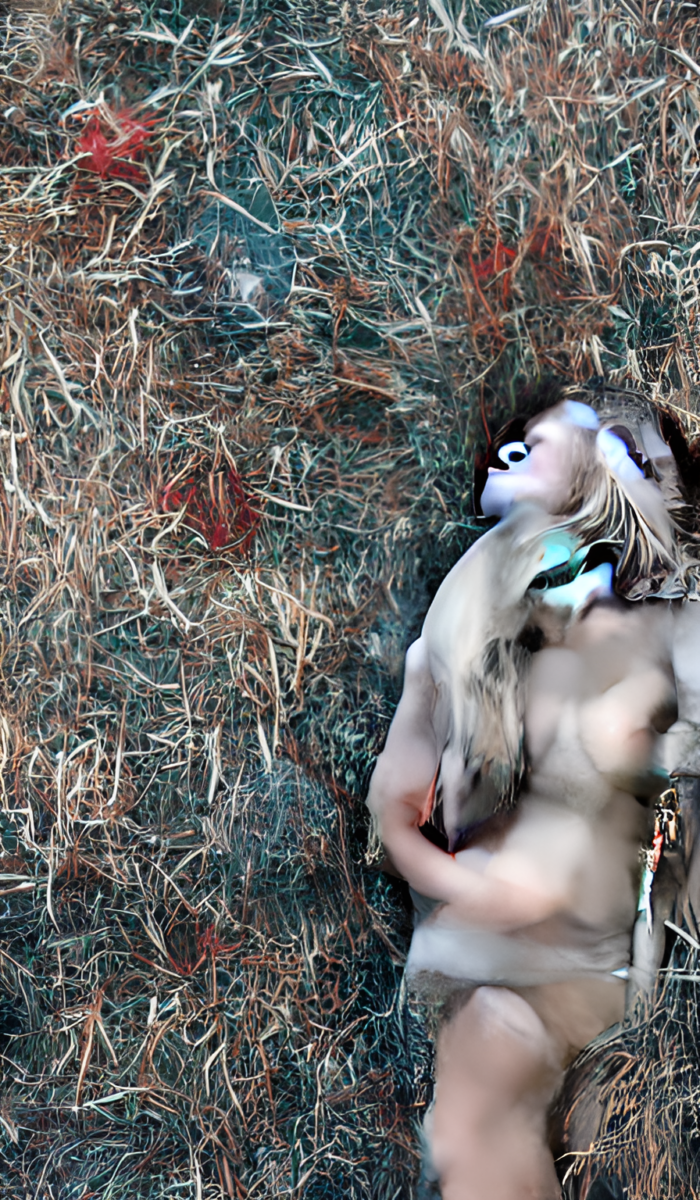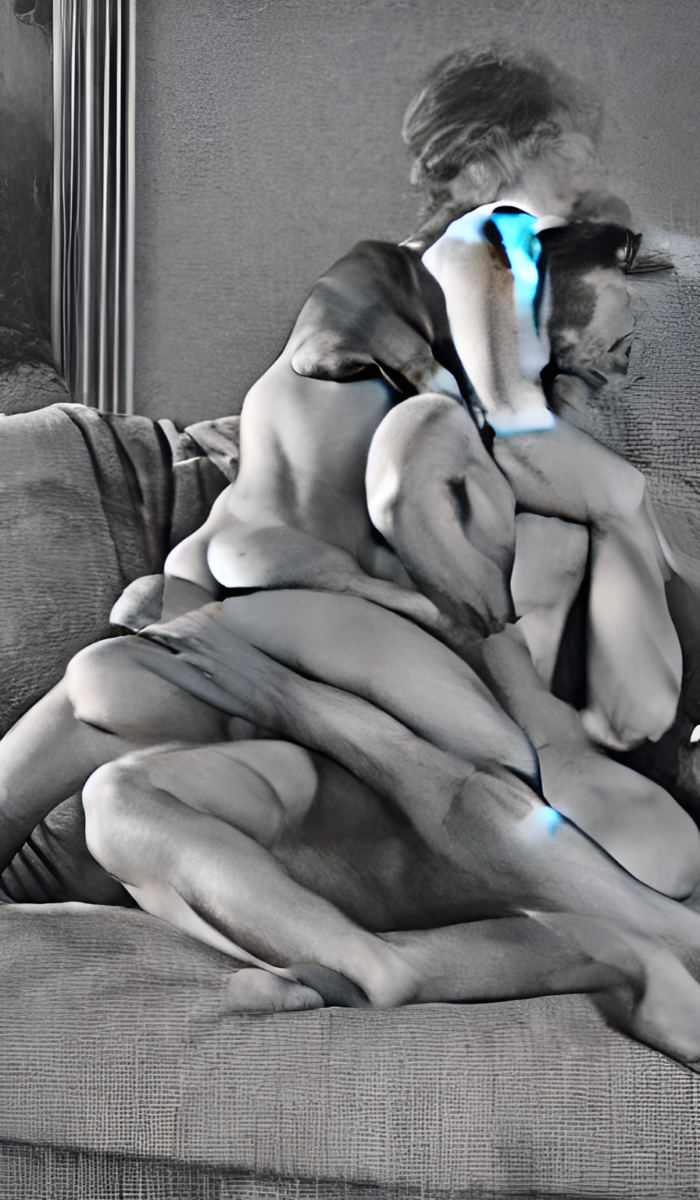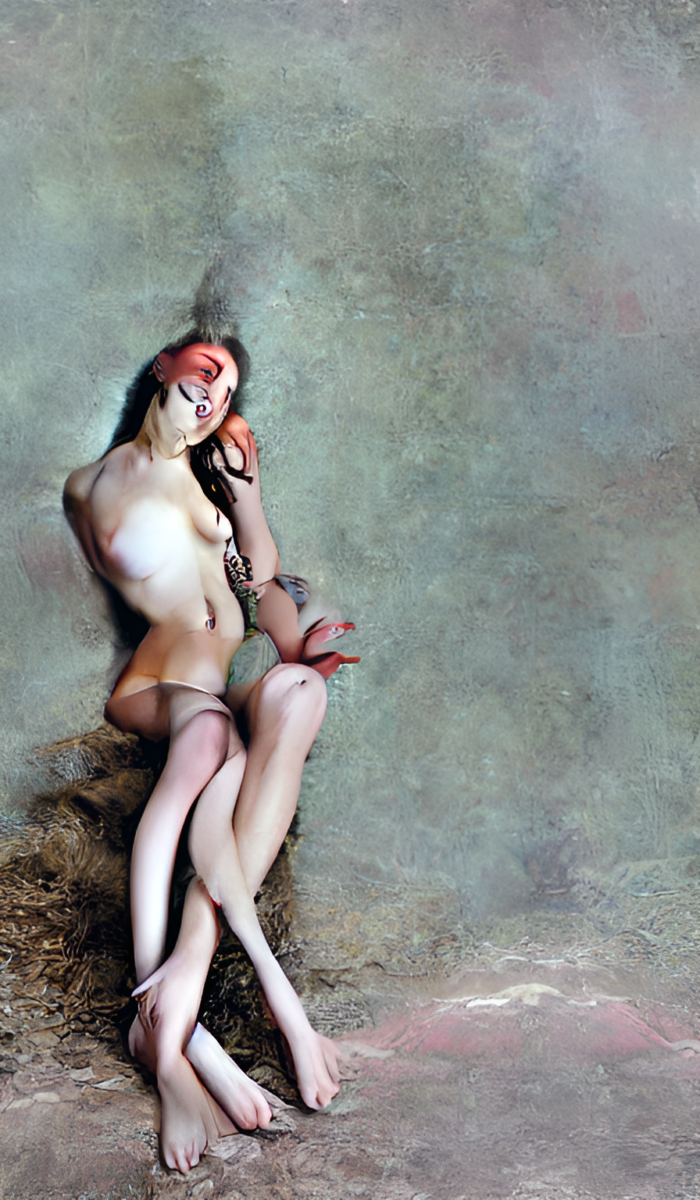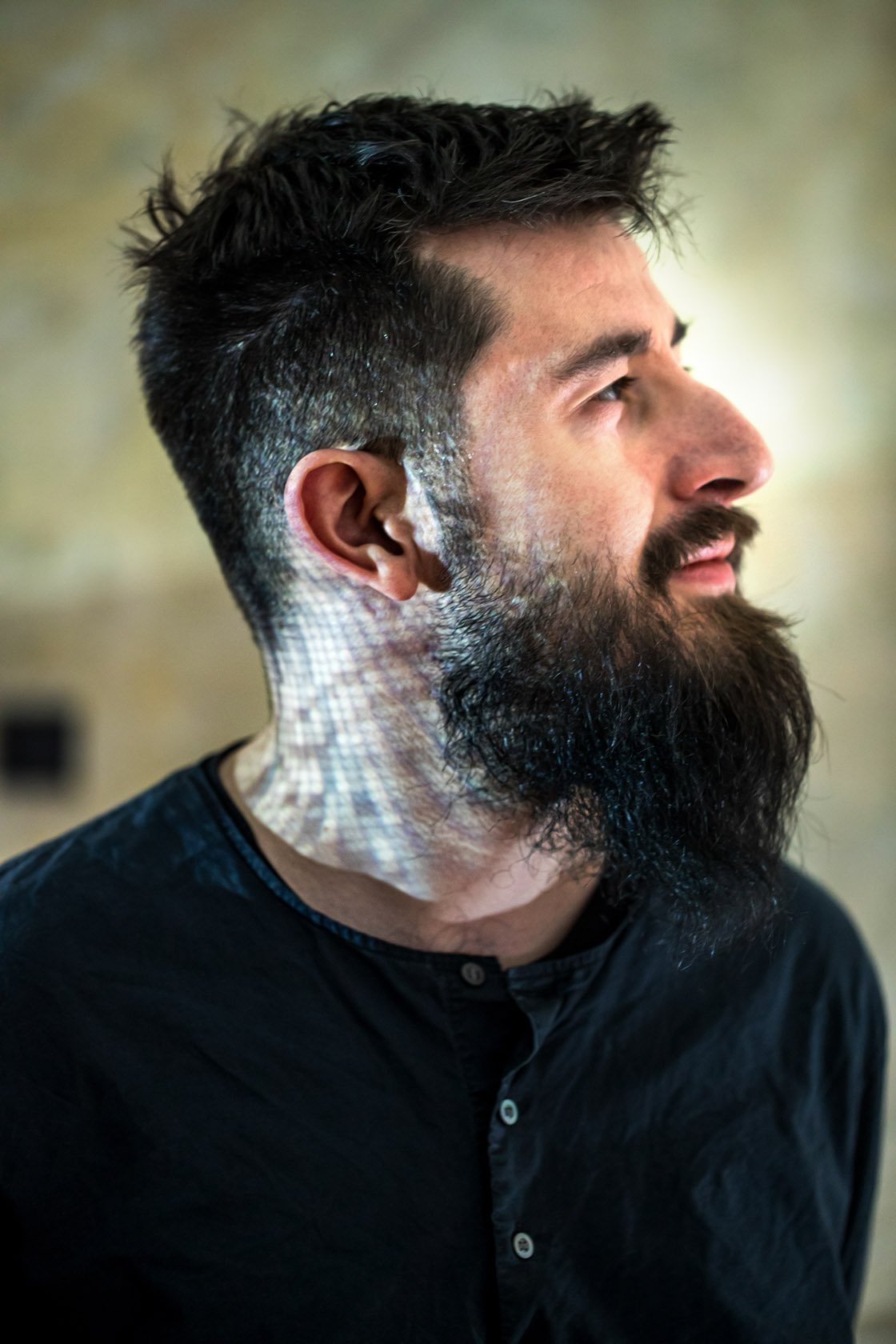
Uncanny Pleasures
The work’s visual aspect draws from pareidolia, revealing how generative AI optics shape our perception of nudity.
–
4 Nov Sat 23:00 CEST



Algoritmy modelů umělé inteligence (AI) provádí skenování a identifikaci pornografického materiálu, který tvoří neoddělitelnou součást obsahu na internetu, již od počátku svého tréninku. Je naivní předpoklad, že obrázky dominující globálnímu internetu zůstaly utajeny před zraky AI nástrojů. Dílo Uncanny Pleasures (Tísnivé rozkoše) zkoumá tento fenomén a zaměřuje se na způsoby, jakými se stroje dívají a učí dívat. V rámci těchto procesů probíhá soutěž mezi různými modely a algoritmy o naši pozornost, o kontrolu, o vytvoření dokonalého obrazu.
Vizuální aspekt díla vychází z konceptu pareidolie, který je vyvolán vnímáním určitých nevhodných rysů v prezentovaných obrazech. Zároveň tyto vygenerované obrazy odrážejí způsoby, jakými optika generativních AI nástrojů ovlivňuje naše vnímání lidské nahoty. Tímto nás staví do situace, kdy se můžeme zamyslet nad rozdíly v obrazových výstupech generovaných modely trénovanými v korporátních datových centrech a modely založenými na datových zdrojích z temných částí internetu (darknetů). Co nám tyto jednotlivé modely předkládají a co skrývají?
Internetová revoluce zásadně změnila a rozšířila konzumaci pornografického obsahu a současně ovlivnila naše vnímání lidské nahoty. Dílo “Uncanny Pleasures” reflektuje budoucnost, kde umělá inteligence může hrát klíčovou roli při řešení etických otázek a problémů spojených s produkci pornografického materiálu. Zároveň bude tato technologie také zajišťovat neustále narůstající množství perfektně a na míru přizpůsobeného video obsahu, který má ze své podstaty vysoký návykový potenciál.
//
The algorithms of artificial intelligence (AI) models scan and identify pornographic material, which has been an integral part of databases scraped from internet content these models has been trained on. It is a naive assumption that the images dominating the global internet have remained hidden from the gaze of AI tools. Uncanny Pleasures explores this phenomenon and focuses on the ways in which machines look and learn to look. Within these processes, there is competition among various models and algorithms for our attention, control, and the creation of the perfect image.
The visual aspect of the work is based on the concept of pareidolia, which is triggered by the perception of certain inappropriate features in the presented images. Simultaneously, these generated images reflect how the optics of generative AI tools influence our perception of human nudity. This places us in a situation where we can contemplate the differences in the image outputs generated by models trained in corporate data centers and models based on data sources from the dark corners of the internet (darknets). What do these individual models present to us, and what do they conceal?
The internet revolution has fundamentally changed and expanded the consumption of pornographic content while also influencing our perception of human nudity. “Uncanny Pleasures” reflects on a future where artificial intelligence may play a key role in addressing ethical questions and issues related to the production of pornographic material. At the same time, this technology will be responsible for providing a continuously increasing volume of perfectly and individually tailored video content that inherently carries a highly addictive potential.
Andrej Boleslavský
Andrej Boleslavský (SK/CZ) is an award winning digital artist purposing technology in the fields of new media art, virtual reality, light installations and physical computing. He maintains a strong fascination with the entanglement of nature and technology. In his works he explores the boundary between physical and digital. He has developed countless interactive installations and lectured on open source and creative coding tools. In addition to his work he is actively involved as a technologist for other artists and interaction designers. Throughout the last few years, his collaborative works take inspiration from contemporary dance and digital technologies. By creating interactions between this two seemingly contradicting media they aim to create confusing yet artistically meaningful experiences.
